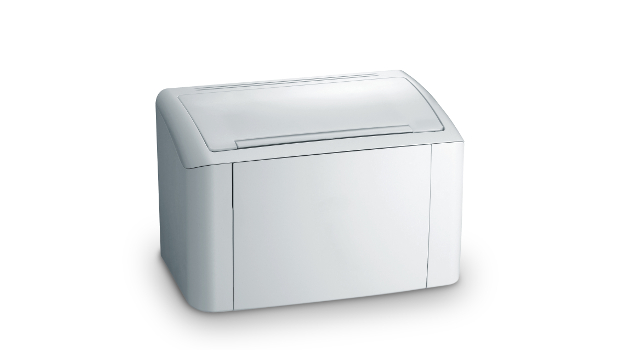
Consumed with old ideas
November marks the departure of Dion Weisler as chief executive officer of HP citing “family health reasons”. Two things were not exciting about the end of Weisler’s tenure: first that he was stepping down – the announcement was made in August – the second being the identity of his replacement – president of imaging, printing and solutions Enrique Lores.
That HP opted for an internal replacement speaks well of Weisler’s stewardship. Since his appointment in 2015 share prices have risen from $12 to $15. His third quarter results have also been positive, with a 3% uptick in personal systems (notebooks, PCs and workstations) net revenue, driven by the end of Windows 7 support, from $9.4 billion to $9.6 billion.
A less impressive legacy is the downturn in the printing business where net revenue dipped 5%, from $5.1 to $4.9 billion. Even worse is the 7% decline in the supplies business, from $3.4 billion to $3.1 billion. That net revenue from commercial hardware sales has had a modest 3% boost is hardly cause for optimism coming from a low base within the $1.1 billion range, but it might give a glimpse of things to come. Incoming printer president Tuan Tran, another internal appointee from the printing division, has announced a new strategy for his division based on a radical model to offset the declining appeal of consumable hardware: charge more for hardware.
Changing faces
Tran is clearly taking a long view of the market. Speaking at a recent company security analyst meeting, he outlined his plan to “rebalance the system profitability, capturing more profit up front”. The logic is infallible. Thanks to digital transformation and a zeitgeist concerned with the climate crisis, Tran is in a position where the market for consumables is only going to decline. Part of this is due to HP’s own analytics-driven managed services, which will deliver a more efficient customer experience based on predicting which hardware components are likely to fail or when toner is about to run out before the customer becomes aware of the problem.
Tran argues that customers “will get a model that delivers a more secure, more reliable, higher quality and sustainable print experience”. It’s also much cheaper as technicians will arrive with a knowledge of the problem with the right part to fix it – doing away with any initial diagnostic visit and delivering significant cost savings. Those kinds of savings need to be offset somehow.
Another experience behind the move to more expensive hardware might come from the consumer experience through HP’s Instant Ink offering. Taking a little from the managed services and a little from the Netflix-era subscription model, compatible printers monitor ink levels in cartridges and send replacements before the cartridges run dry. The idea of creating a closed loop where the user doesn’t need a retailer works for HP, but Instant Ink has drawn criticism from consumers used to buying refills outright instead of approaching it as a service. When a user terminates their account, the cartridges are locked – a matter of some debate on discussion forums.
Tran likens his upfront alternative to buying a mobile phone without a SIM card, a more expensive option that gives greater consumer freedom for their choice of supplier. He would likely point to the Smarttank range of printers as an example of this, where the device comes with two years’ worth of toner already loaded. Such is the shape of the new printer market where the ‘set and forget’ model no longer means devices that dial home when thirsty but ‘buy once, see you when it breaks’.
Let’s see how arch rivals in the consumer space Canon and Epson react.






Subscribers 0
Fans 0
Followers 0
Followers